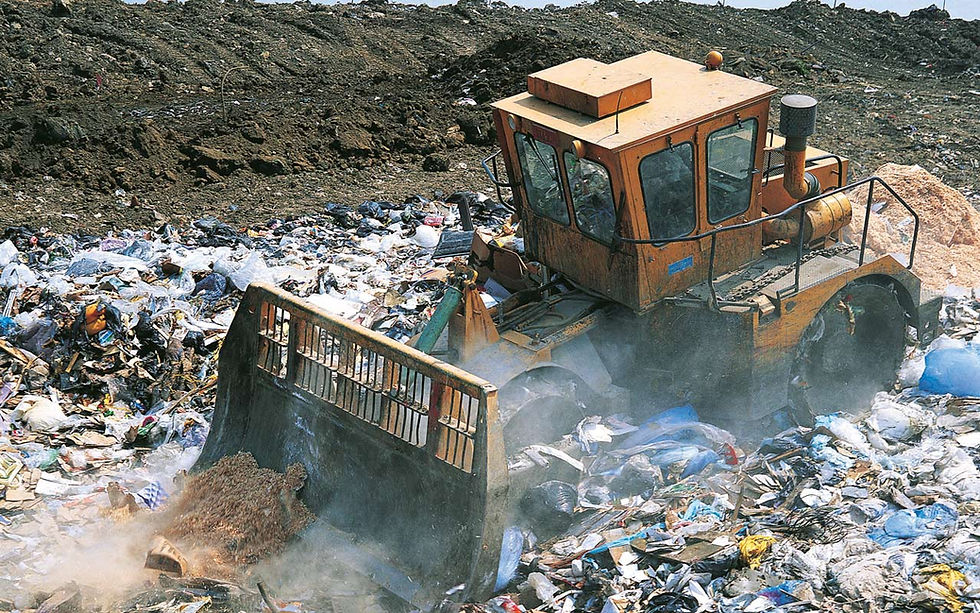THE DEVASTATING EFFECTS OF FAST FASHION
- Jackie

- Mar 25, 2022
- 2 min read
Updated: Apr 8, 2022
“Fast Fashion” is the mass production of large amounts of cheap clothing to keep up with the latest trends. The clothing is not intended to be worn long-term, and thus the quality is very poor. In essence, it is “disposable” clothing. Although this may sound like a great way to keep up with the latest fashions, it actually has a devastating effect on our environment. The three main consequences of fast fashion can be categorized as (1) excessive use of water; (2) microplastics; and (2) excessive consumption and waste.
Water Usage
The fashion industry consumes one-tenth of all of the water used in industrial settings, and textile dyeing requires toxic chemicals that end up in our oceans. Approximately 20% of the wastewater worldwide is attributed to the dyeing process which, in most cases, cannot be treated to become safe again and ends up in our oceans. Factories have moved overseas not only to take advantage of cheap labor, but also to avoid environmental regulations.

Microplastics
In order to keep the garments cheap, purveyors of fast fashion use low-quality synthetic materials which release plastic microfibers into our oceans and rivers. This not only injures aquatic life, we end up consuming these microfibers in our food chain, and we are only beginning to learn of the detrimental effects that consumption of microplastics is having on our bodies.
Consumption and Waste
As of 2019, approximately 62 million metric tons of apparel were consumed globally, most of which ends up in landfills. In addition, large amounts of excess scraps are discarded in production. Approximately 83% of all textiles end up in the dump, which is the equivalent of one garbage truck full of clothing being disposed of every second.

What Can We DO?
One of the ways you can combat fast fashion is to avoid stores selling cheap, mass-produced clothing (which is virtually all retail chains, unfortunately) and do your research to buy garments from brands that are up-front and transparent about their supply chains. It is safe to assume that companies unwilling to share information regarding their supply chain probably have something to hide.
Eco-conscious brands, such as Hot Tots, are eager to share details about their sourcing and production to enable consumers like you to select companies and products that align with your environmental values. This is one of the many reasons we are proud to share our partnership with ECONYL® regenerated nylon, which is turning waste - such as fabric scraps and discarded fishing nets - into regenerated nylon yarn. That yarn is then woven into the fabric we use by Carvico, which is committed to environmental responsibility through its use of exclusively renewable energy, as well as recycling and reusing 83% of the water used in production and 99% of the waste generated. We are excited to share more details about these partners in future blog posts.
Responsible production and consumption of clothing is one of the many paths on the journey to leaving our children and grandchildren with a healthy, beautiful Earth.


Comments